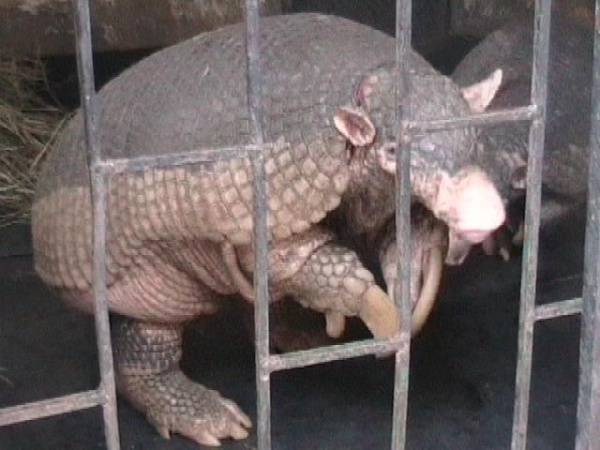Facts About Giant armadillo
The giant armadillo, also known as tatou, ocarro, tatu-canastra, or tatú carreta, is the largest armadillo species in South America, extending its range to northern Argentina. This captivating and endangered creature primarily consumes termites and ants, often demolishing entire termite mounds. Its diet also includes worms, larvae, and larger organisms such as spiders and snakes, as well as some plants.
These armadillos are striking in appearance, with their dark brown bodies, protective hinged bands, long front claws, and tails covered in small scales. They typically weigh between 18.7 and 32.5 kg, though they can reach up to 80 kg. Their body length spans 75-100 cm, with an additional 50 cm contributed by their tails. They are most commonly found in open areas like the cerrado grasslands and lowland forests of northern South America.
Leading solitary and nocturnal lives, giant armadillos spend their days in burrows. They employ their formidable front claws to excavate for food and dismantle termite mounds. Although their reproductive habits are not well-documented, it is believed they give birth approximately once every three years. Regrettably, these armadillos face serious threats from hunting, illegal capture, and habitat loss due to deforestation.
Classified as vulnerable, the giant armadillo is protected by law in several countries and is listed under Appendix I of CITES. Conservation efforts are essential to halt their decline, with some populations residing in protected reserves. Nevertheless, more focused actions are necessary to ensure the survival of this extraordinary species.

 Bolivia
Bolivia